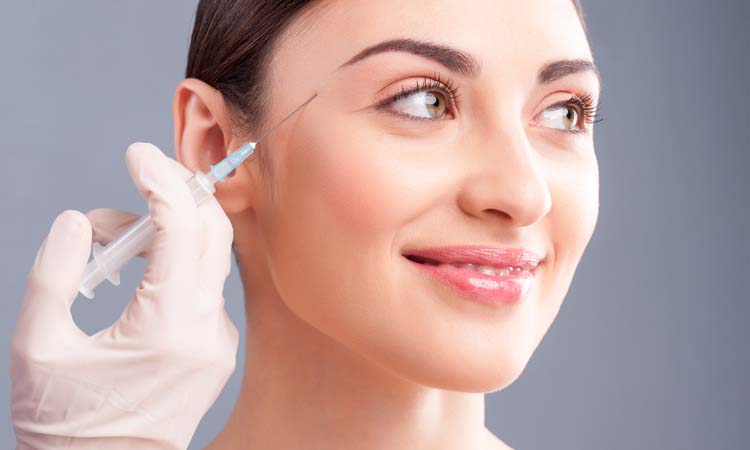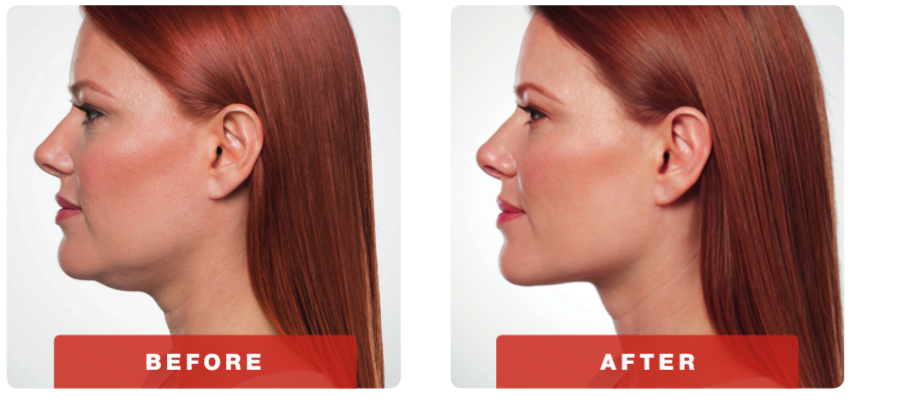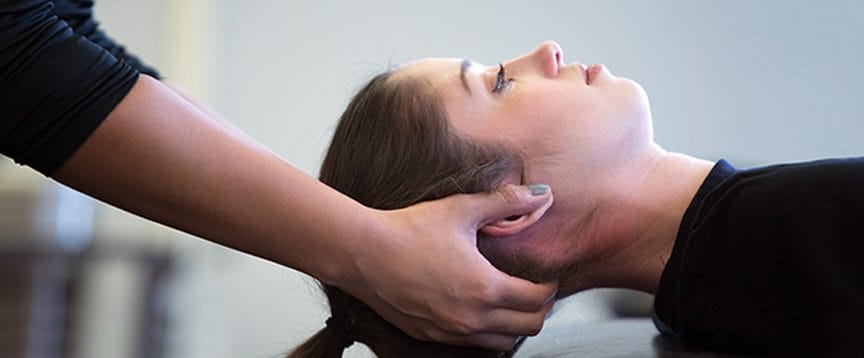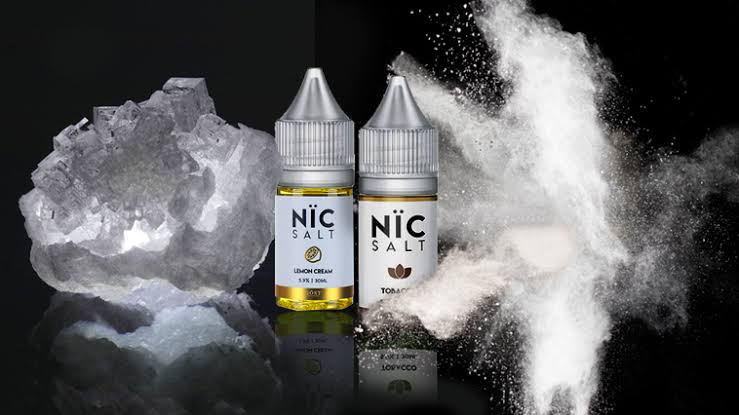Jaw Dropping Facts about TMJ & Treatment Methods

Many adults experience the ill effects of TMJ which include; pain, migraines or ear infections. The root of this may be due by one or both temporomandibular (TM) joints. Situated on each side of the head. These joints work in conjunction with muscles, tendons and bones to help create full motion of the jaw and mouth.
The temporomandibular condition, otherwise called TMJ, contributes to an assortment of ailments that influence TM joints, jaw muscles, and facial nerves. TMJ may happen when the jaw moves from side to side or in a up and down motion.
Some patients may experience TMJ after oral surgery of the wisdom teeth. Individuals with TMJ may suffer from the following:
- Earaches
- Headaches or Migraines
- Tenderness of the jaw muscles
- Jaw pain when biting, gnawing or yawning
- Difficulty opening and shutting the mouth
- Sensitive teeth
Different Treatment Options
BOTOX
Fortunately, patients can now get help from licensed and trained local dentists to remove the TMJ pain and limit its effects on the body. It’s not mainstream media or a well-known fact to everyone but BOTOX can actually help with TMJ problems. BOTOX can treat the TMJ discomfort and pain by disabling the muscles’ ability to engage. This helps it relieve stress and jaw tension.
In some cases, the pain caused by TMJ can be reduced by over the counter pain relievers or anti-inflammatories. If muscle spasms occur, muscle relaxers may be an option for a couple of days or weeks. Speak with your dentist for alternative methods.
Physical therapy may be an option for patients who prefer to stay away from medications. These therapies utilize exercises that assist in making the jaw flexible and stronger. Therapies may also include ice, ultrasound or heat. Some patients have found it helpful to wear night guards. This prevents the top and bottom teeth from touching which reduces grinding.
We’ll get more on this in a little bit, first let’s look at other alternative options and compare to the ease, efficiency and level of safety that fillers like BOTOX can provide during your TMJ treatment.
Removable Orthotics
This service, although not rare, is also not provided by all dental doctors. As such we will make you aware of this possible solution but will not delve further into the details on today’s article. Removable orthodontics is a custom made TMJ appliance that relieves the pressure of clenching and grinding. A quick search on Google will help you learn more on this option.
Surgical Options
There are different types of surgeries available for TMJ. The best surgery for you depends on many different issues. The three most commons surgeries are Arthroscopy, Arthrocentesis and Open Joint.
Arthroscopy is a procedure that utilizes an arthroscope which has a camera and light that enables the physician to look at your joint(s). This allows the surgeon to precisely operate on the joint. Recovery for this operation is usually three to seven days.
Arthrocentesis is one of the first procedures that physicians prefer to use when treating TMJ. It is the least invasive of all three procedures and patients enjoy a high success rate compared to other surgeries.
Open joint is a surgery that is used for TMJ cases that are severe. These types of cases include:
- Cartilage, bone or joint tissues that have become fused together.
- Cases where an arthroscopy cannot reach the patient’s joint
- Patients who cannot move their joint due to bone growth or an excess of tissue
About Botox
Botox, a neurotoxin protein, may help treat side effects of temporomandibular joint (TMJ) issues. You may benefit from this treatment if different techniques haven’t worked. Botox for TMJ can be used if you suffer from:
- Tension in the jaw
- Migraines or headaches caused from grinding of the teeth
- Tetanus caused by high stress
Botox treatment for TMJ issues is a nonsurgical, outpatient procedure. Your dental provider can perform it directly in their office. Treatment usually takes about 10 minutes. Your physician will determine how many Botox injections are required for the best results.
Seeking a Professional
Whether you attempt to treat TMJ at home or through a medical practitioner it is best to seek a physician if you are experiencing symptoms of TMJ. With the assistance of a medical professional they can suggest which procedures or treatments would benefit you the most. With their expertise they can determine if it’s TMJ or a more degenerative disease which can lead to serious health problems.
Some dentist have the latest technology such as Galileos Cone Beam and Digital Xray’s for these types of diagnosis.
Leave a comment with some of your dental experiences.












